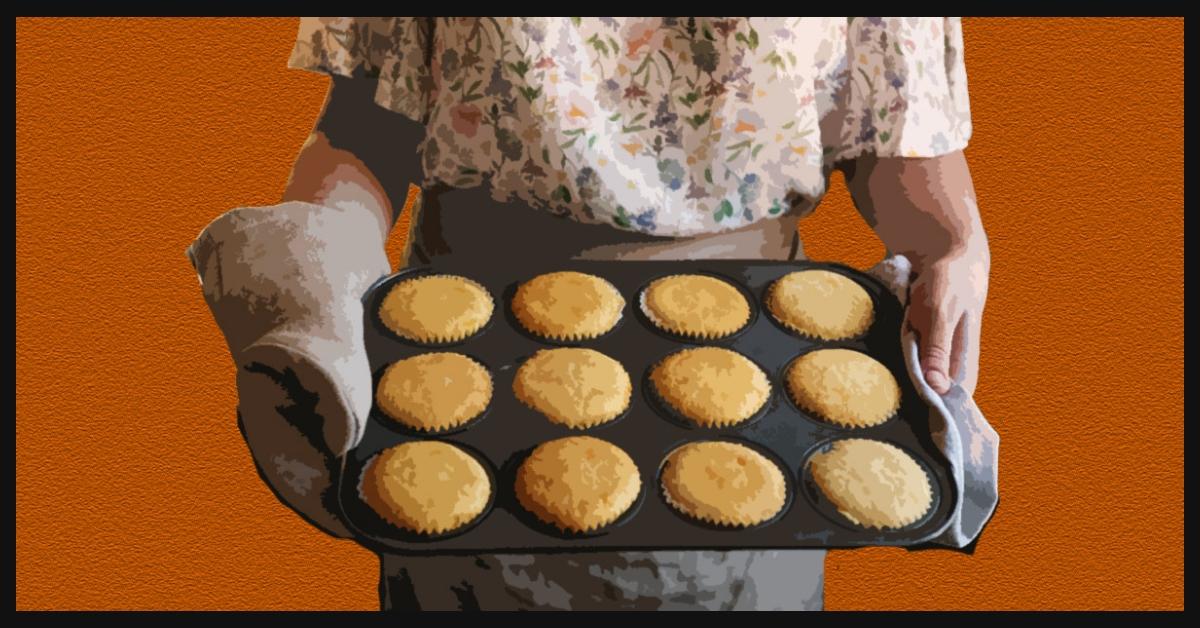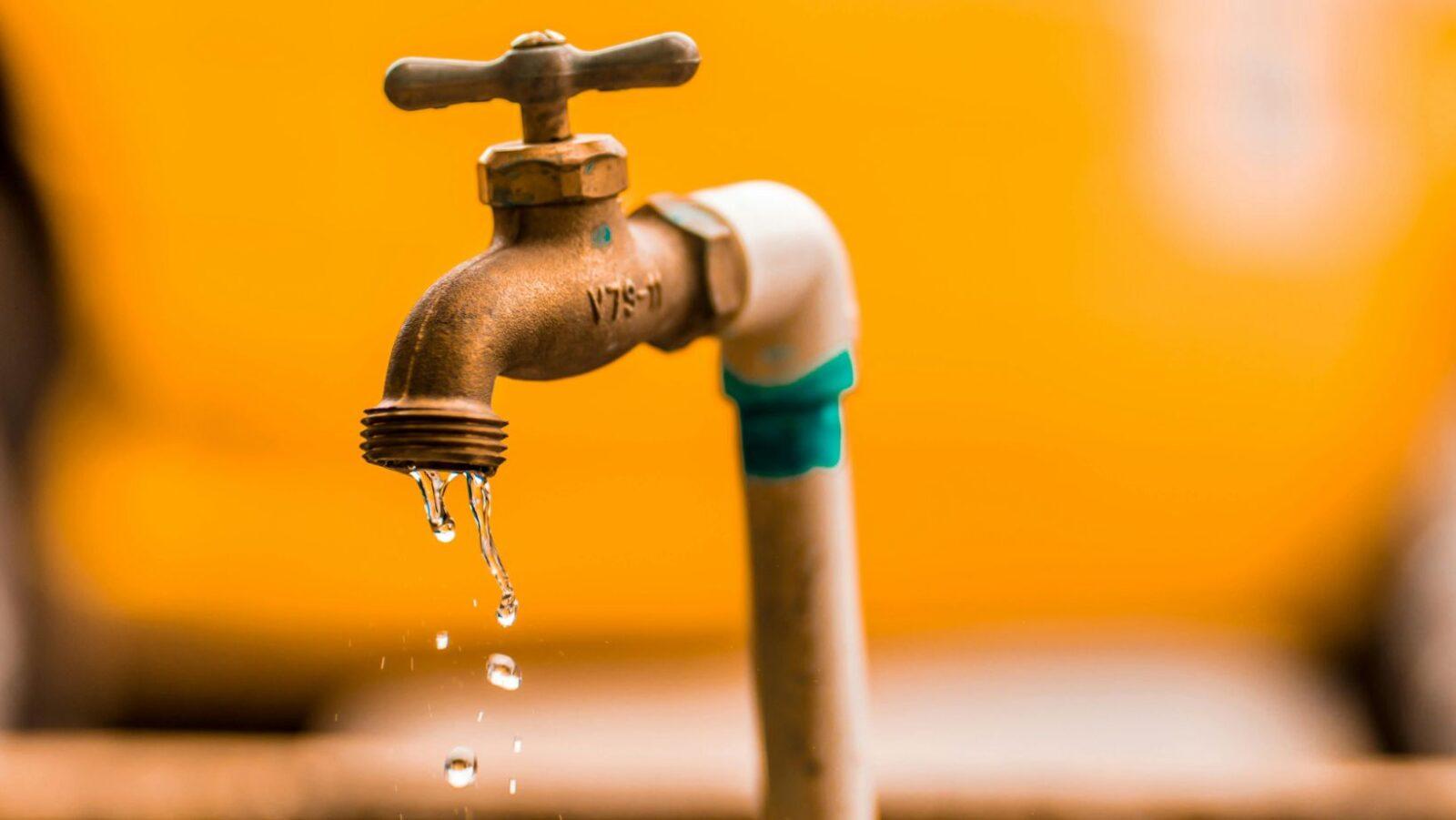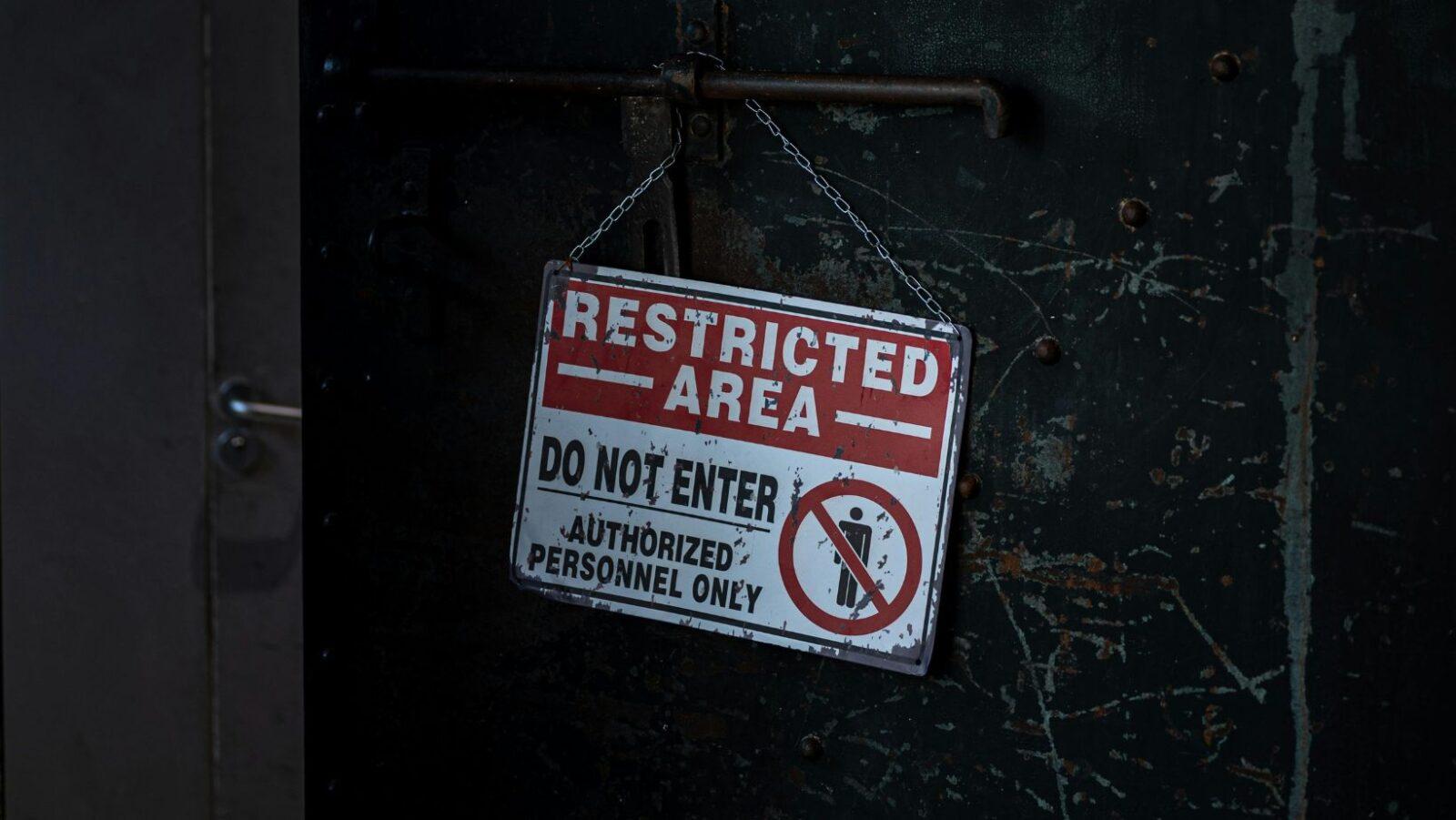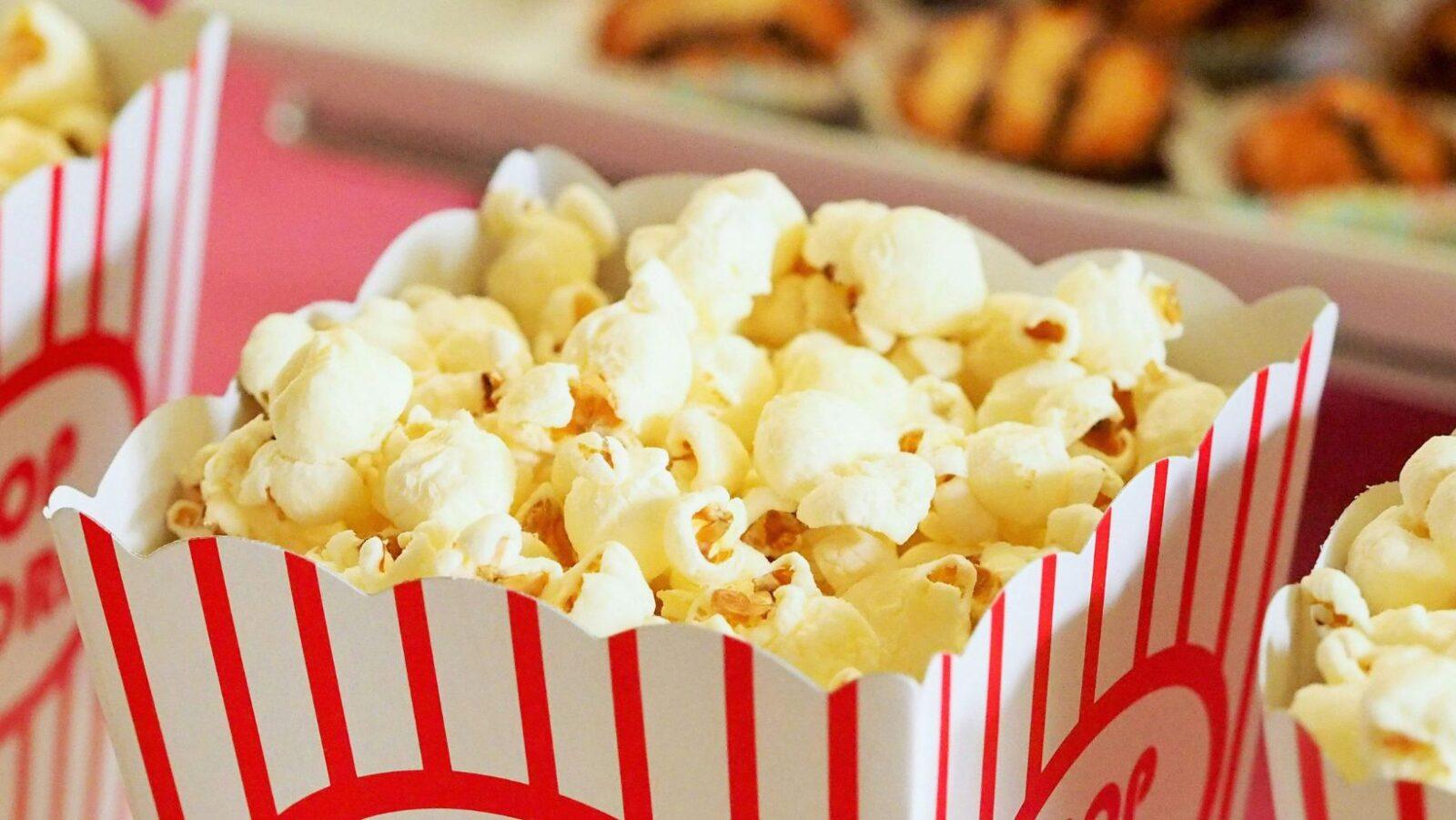Picture a baker putting together flour, eggs, oil, and other ingredients to make a cake. Meanwhile, in another part of town, a scientist is in his laboratory, experimenting with samples in test tubes.
Surprisingly, these two have more in common than you may realize. After all, in many ways, cooking is a science in itself.
Here are a few food science concepts to keep in mind the next time you make baked treats for your family and friends. (Or for yourself — we won’t judge you for being greedy!)
How leaveners make fluffy cakes
Any dessert enthusiast would tell you that a good cake has the right softness and sponginess. Any good baker, on the other hand, would tell you that you can achieve this through the incorporation of air into the batter. This seemingly simple task is done by the use of leaveners.
Baking soda or sodium bicarbonate (NaHCO3) is a commonly used leavener. This alkaline compound reacts with acid, like buttermilk or fruit juice, to produce carbon dioxide. The incorporation of these carbon dioxide bubbles in your cake batter makes for a fluffy cake.
However, too much baking soda will result in an off-tasting, bitter cake. This is important to remember when your recipe doesn’t call for an acid, which the baking soda needs to react with.
Another common leavener is baking powder. Unlike baking soda, baking powder does not need an acid to produce gas bubbles for the batter to rise. Baking powder is a mixture of baking soda and other ingredients, like corn starch. All it needs to produce carbon dioxide bubbles are water and heat.
That said, make sure you don’t mistake baking soda for baking powder at your local grocery!
Chewy chains: Gluten
This word tends to get thrown around quite a bit in fad diets–but what is it, really?
Gluten is a tough protein that forms when water make contact with glutenin and gliadin, two naturally-occurring proteins in wheat flour. Gluten is a very elastic, chain-like substance. Different kinds of flour have different amounts of protein in them that forms gluten.
Here’s a great video that demonstrates the elasticity of gluten:
When you keep continuously mixing dough that contains gluten, the gluten chains come together to form a strong web-like network. The web is so strong that it becomes like a balloon that can be inflated with gas. We want this in baked goods like bread, with many pockets of air and a satisfyingly chewy texture.
Meanwhile, on the opposite end of this is the pancake batter, where we want less chewiness and more tenderness.
Tip: Don’t mix pancake batter too much, or tough gluten will form!
Heat Transfer
It’s not just the ingredients that come into play when baking, even the baking pan or dish you use affects the final tasty pastry.
Thermal conductivity is the property of a material to transmit heat. In other words, a material with higher thermal conductivity heats up faster than one with a lower thermal conductivity.
This is why a cooking pan made of metal, which has high thermal conductivity, promotes more even and thorough cooking.
A Brainy Baker!
The nitty-gritty of food science plays a much bigger role in large-scale manufacturing of prepared food we can buy in groceries. Process engineers and food scientists use formula balances and sophisticated control systems to maintain the quality of mass-produced food.
So yes, your favorite cookies and pies were made possible by brainy bakers.
The best part? You can also apply these concepts in your own kitchen to become a brainy baker yourself! (Fortunately, there’s nothing in your science book that explicitly says anything about sharing the tasty treats you bake, so…) –MF
References
- http://www.cookingforengineers.com/article/120/Common-Materials-of-Cookware
- http://www.cookingscienceguy.com/pages/wp-content/uploads/2012/07/Explaining-Gluten.pdf
- https://thermtest.com/how-understanding-thermal-conductivity-will-make-you-a-better-cook
- https://tscpl.org/teens/the-science-of-pancakes
- https://www.sciencedirect.com/science/article/pii/B9780081005965001566
Author: Jess Vilvestre
Jess is on her way to getting her license in engineering. On the side of studying, she spends her time writing, cooking, and watching movies and plays. Jess has also been working with an education project that capacitates STEM learners with portable science activity kits.







